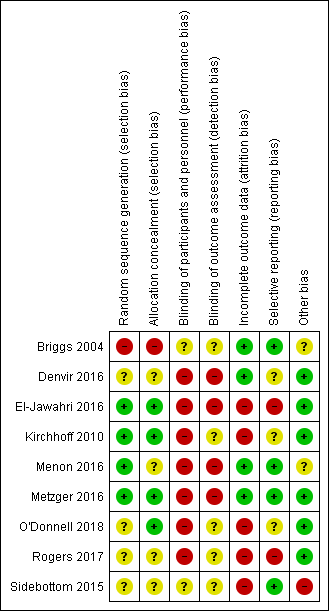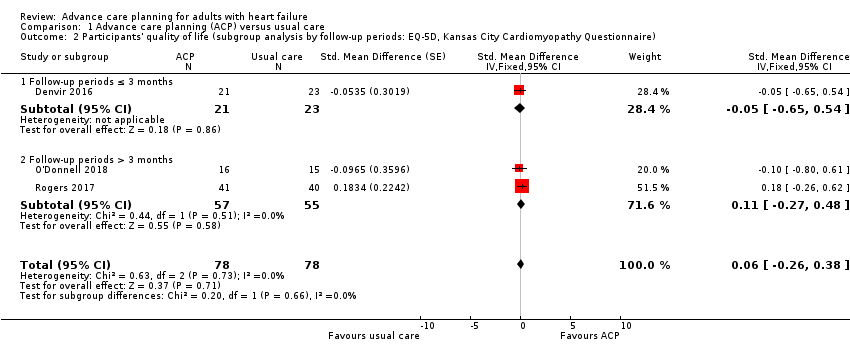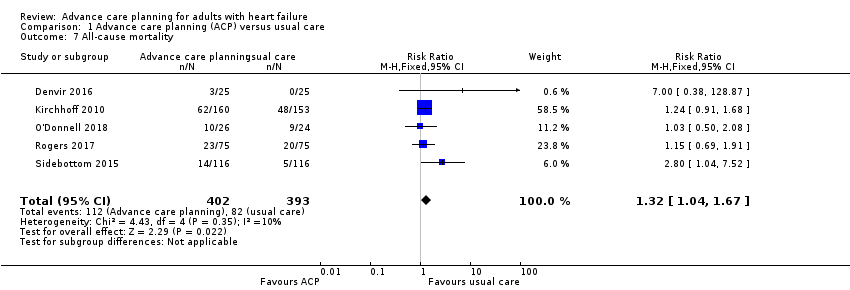Contenido relacionado
Revisiones y protocolos relacionados
Sally C Inglis, Robyn A Clark, Riet Dierckx, David Prieto‐Merino, John GF Cleland | 31 octubre 2015
Andrea Takeda, Nicole Martin, Rod S Taylor, Stephanie JC Taylor | 8 enero 2019
Nicole Martin, Karthick Manoharan, Ceri Davies, R Thomas Lumbers | 22 mayo 2021
Rajaa F Faris, Marcus Flather, Henry Purcell, Philip A Poole‐Wilson, Andrew JS Coats | 4 abril 2016
Kayleigh M Kew, Poonam Malik, Krishnan Aniruddhan, Rebecca Normansell | 3 octubre 2017
William B Hood, Jr., Antonio L Dans, Gordon H Guyatt, Roman Jaeschke, John JV McMurray | 28 abril 2014
Shuhei Yamamoto, Takayoshi Yamaga, Kenichi Nishie, Chie Nagata, Rintaro Mori | 4 diciembre 2019
Mohamad El Moheba, Johny Nicolasa, Assem M Khamis, Ghida Iskandarani, Elie A Akl, Marwan Refaat | 8 diciembre 2018
Angela Coulter, Vikki A Entwistle, Abi Eccles, Sara Ryan, Sasha Shepperd, Rafael Perera | 3 marzo 2015
Lindsey Anderson, James PR Brown, Alexander M Clark, Hasnain Dalal, Henriette Knold K Rossau, Charlene Bridges, Rod S Taylor | 28 junio 2017












